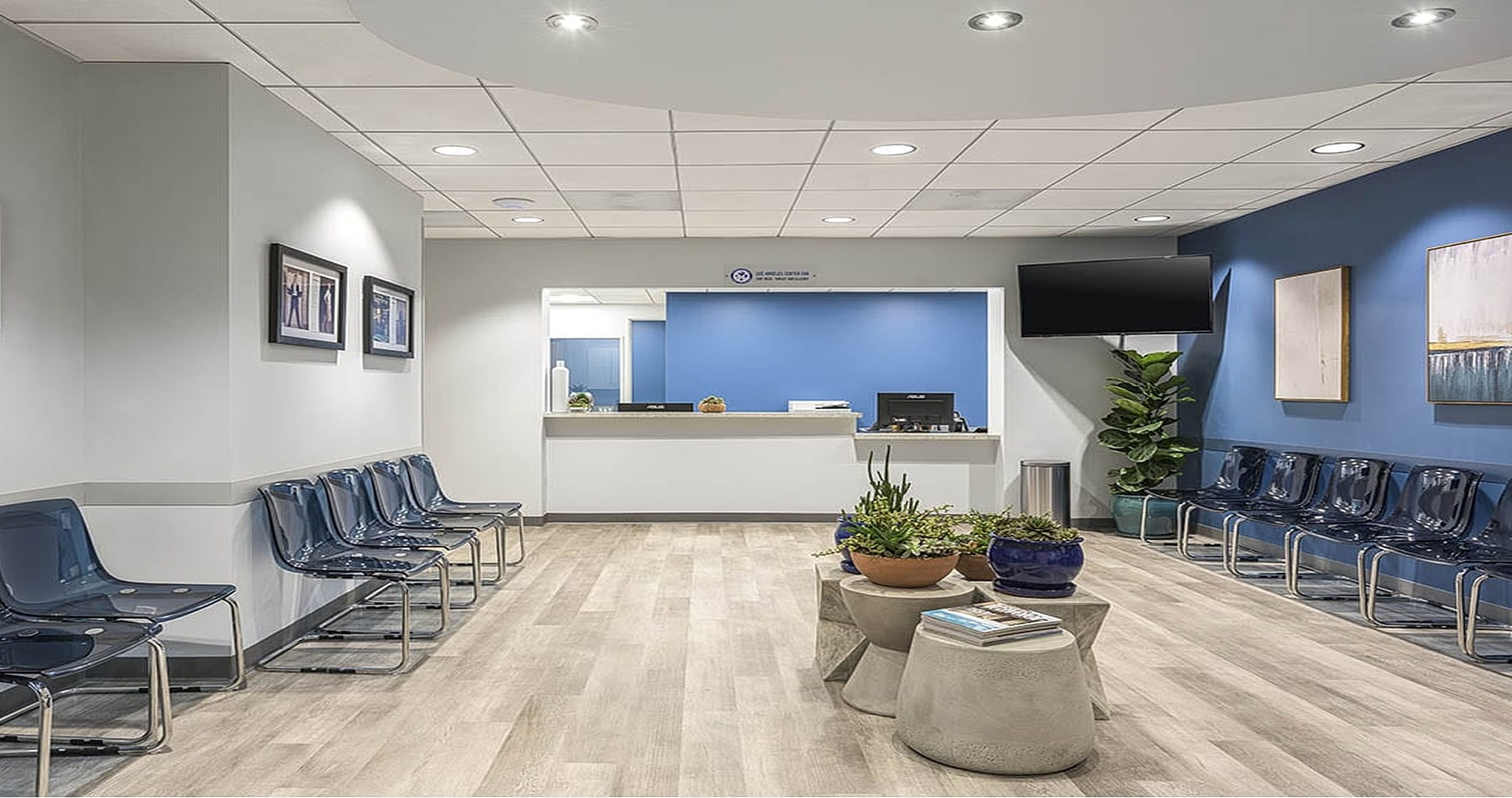Experience better breathing with the Total Nasal Airway Procedure (TNAP™), a minimally invasive, in-office solution that enhances nasal airflow. Unlike traditional surgery, TNAP targets four crucial areas of the nasal airway in one efficient procedure. Enjoy minimal downtime, no need for general anesthesia, and lasting results. Discover a safe and effective alternative to conventional nasal surgery.

















At Southern California Center for Ear, Nose, Throat, and Allergy, we deliver more than just procedures—we deliver life-changing outcomes.
Our board-certified ENT specialists have advanced training in minimally invasive airway procedures and have performed hundreds of successful TNAP™ surgeries across Southern California.





The Total Nasal Airway Procedure (TNAP™) is a proprietary, minimally invasive treatment designed to address multiple causes of nasal airway obstruction in one session.
Unlike standalone solutions that treat isolated areas, TNAP™ is a holistic approach to nasal breathing, often combining procedures such as turbinate reduction, septoplasty, nasal valve repair (Vivaer or Latera), and polyp removal, if needed.
Developed to deliver maximum relief with minimal recovery, TNAP™ is ideal for patients suffering from chronic congestion, nasal collapse, or structural airway issues that haven't improved with medications or sprays.
Breathing through your nose produces nitric oxide, which signals the dilation of lung blood vessels, thereby enhancing oxygen uptake. Recent studies emphasize the crucial role of nasal breathing in optimizing oxygen levels, boosting endurance, and supporting overall respiratory health.
Breathing through the nose filters, warms, and humidifies air, safeguarding lungs from irritants and preventing airway dryness. Nasal breathing also triggers the parasympathetic nervous system, promoting rest, relaxation, and recovery. This leads to better sleep, reduced stress, and improved overall well-being. Unobstructed nasal breathing is crucial for more than just easing congestion; it supports whole-body health and wellness.
Our ENT specialists use rhinomanometry to check your nasal breathing. This tool measures how well air flows through your nasal passages, helping determine the level of any blockages and track progress after TNAP.
In the rhinomanometry test, you'll sit comfortably while a gentle nasal probe or mask measures airflow and pressure as you breathe. This non-invasive, painless procedure involves natural breathing through your nostrils. Your ENT specialist might ask you to breathe normally, take deep breaths, or alternate nostrils to check for blockages.
Real-time data helps assess airflow issues, such as nasal valve collapse, turbinate swelling, or a deviated septum.

TNAP™ is typically performed under local or twilight anesthesia in an outpatient or office-based setting. After a full diagnostic assessment, your ENT specialist will determine which combination of techniques is best for you.
During the procedure, the surgeon may:
The procedure generally takes under 90 minutes, and patients often go home the same day.

TNAP™ is designed to treat chronic nasal obstruction and structural airway blockages that may cause:

Most patients experience mild swelling and nasal congestion for a few days after the procedure. Many return to light activity within 24–48 hours and resume full activity within a week.
During recovery:

Many patients begin to notice improved nasal breathing within the first week, with full results typically settling in over a few weeks as the swelling resolves.
TNAP™ is designed to be a long-term or permanent solution to structural nasal airway obstruction. Patients typically enjoy years of uninterrupted relief without the need for repeat procedures.
The procedure is usually completed in about an hour, right in the office, using local anesthesia.
The procedure is performed with local or twilight anesthesia, so there is little to no pain during treatment. Mild discomfort post-op is common and manageable.
Patients often resume work and everyday activities within 2-5 days.
In many cases, yes, especially when treating medically necessary conditions, such as chronic obstructive pulmonary disease. Our team can help verify your insurance benefits during your consultation.
TNAP offers lasting improvements to the nasal airway, often providing permanent relief for many patients.